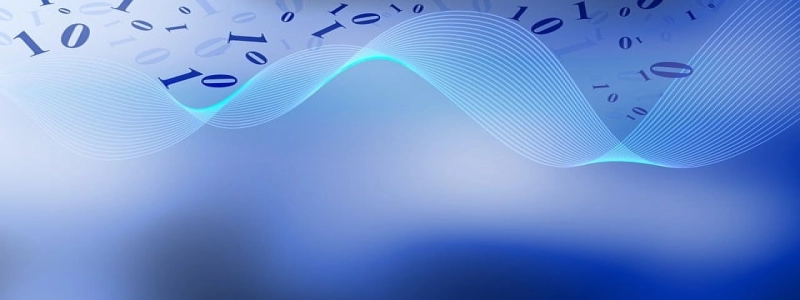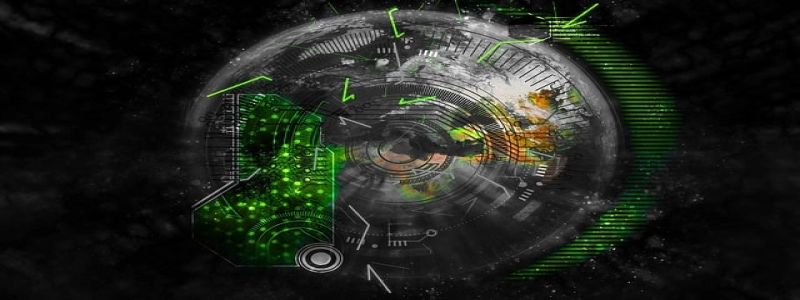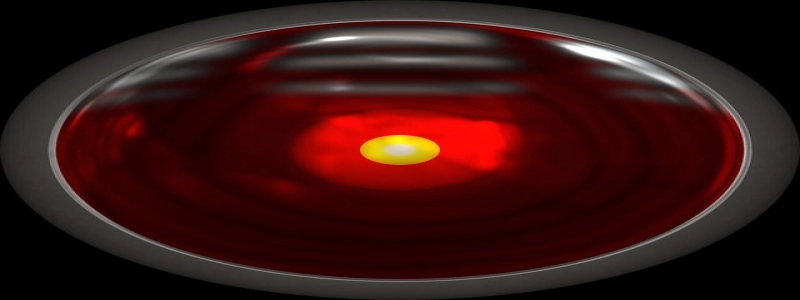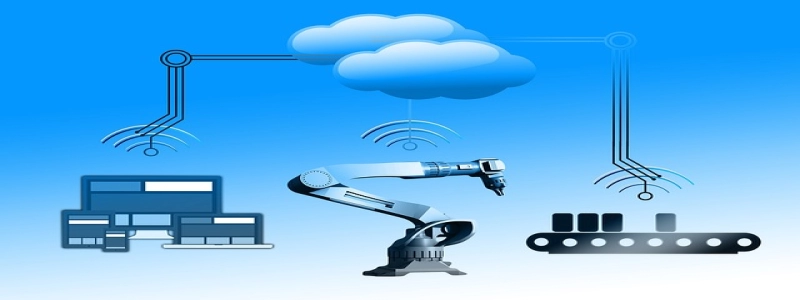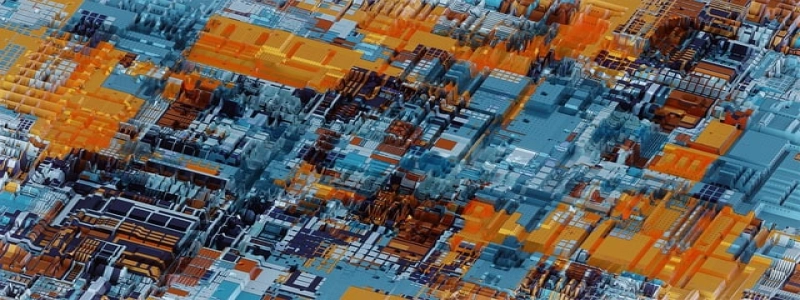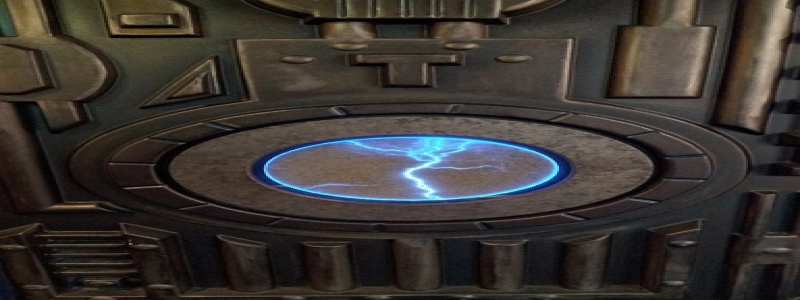Fiber Optic Cable vs Copper Cable
我. 介紹
一個. Statement of the Problem
B. Importance of the Comparison
第二. Overview of Fiber Optic Cable
一個. Definition and Composition
B. Advantages and Benefits
1. High Bandwidth
2. Fast Data Transfer Speeds
3. Immunity to Electromagnetic Interference
4. Longer Distances Covered
5. Secure Data Transmission
第三. Overview of Copper Cable
一個. Definition and Composition
B. Advantages and Benefits
1. Familiarity and Widespread Usage
2. Cost-Effectiveness
3. Compatibility with Existing Infrastructure
4. Flexibility
四. Comparison of Fiber Optic Cable and Copper Cable
一個. 帶寬和速度
B. Signal Quality and Reliability
C. Transmission Distance
D. Immunity to Interference
E. Security of Data Transmission
V. Applications and Use Cases
一個. Fiber Optic Cable
1. Internet and Data Communication Networks
2. Telecommunications
3. Broadband connections for homes and businesses
B. Copper Cable
1. Local Area Networks (局域網)
2. Telephone lines
3. Power Distribution Systems
六. Future Trends and Conclusion
一個. Shift towards Fiber Optic Infrastructure
B. Considerations for Choosing the Suitable Cable
C. Conclusion on the Comparison
本文內容, we will compare fiber optic cable and copper cable, two commonly used means of transmitting data and telecommunications. The article aims to provide an in-depth analysis of the advantages, differences, and applications of these two types of cables.
In the introduction, we will present the problem statement highlighting the need to compare fiber optic cable and copper cable and why this comparison is important.
The second section provides an overview of fiber optic cable, explaining its composition and defining its benefits. This includes discussing its high bandwidth, fast data transfer speeds, immunity to electromagnetic interference, longer distance capabilities, and secure data transmission.
Following this, the article will provide a similar overview of copper cable. It will discuss its definition, benefits, and applications. This will include talking about the familiarity and widespread usage of copper cable, its cost-effectiveness, compatibility with existing infrastructure, 和靈活性.
The fourth section is the core of the article, where a detailed comparison between fiber optic cable and copper cable is presented. This section will discuss various aspects such as bandwidth and speed, signal quality and reliability, transmission distance, immunity to interference, and security of data transmission.
In the fifth section, we will explore the practical applications and use cases for both fiber optic cable and copper cable. This will include discussing their roles in internet and data communication networks, telecommunications, broadband connections, local area networks, telephone lines, and power distribution systems.
Moving forward, the article will delve into future trends and the outlook of these cables. It will discuss the shift towards fiber optic infrastructure and highlight key considerations for choosing the suitable cable for specific requirements. The conclusion will summarize the comparison and provide final thoughts on the topic.
整體, this article will provide a comprehensive and detailed analysis of the differences and applications of fiber optic cable and copper cable, allowing readers to make informed decisions based on their specific needs and requirements.
